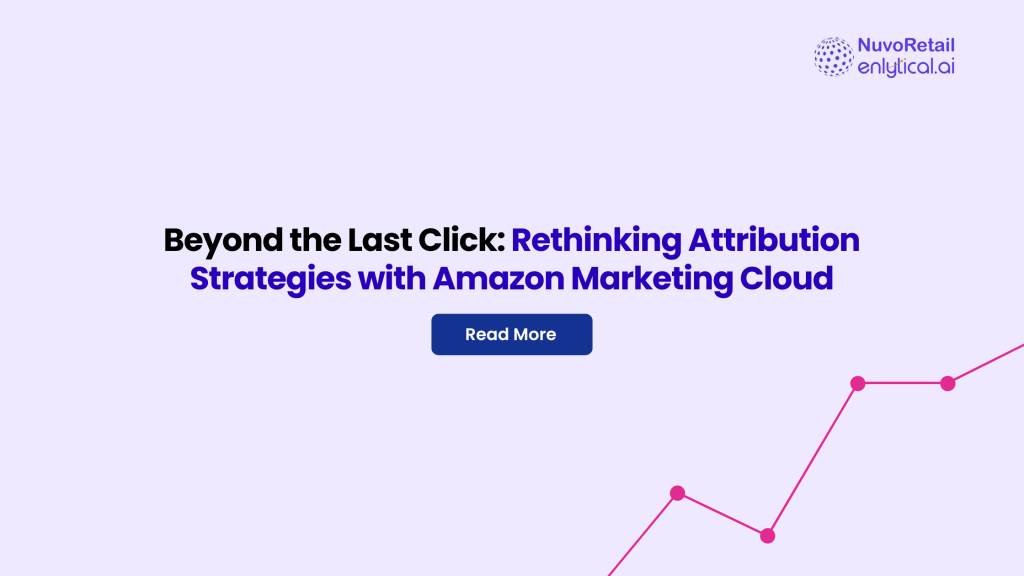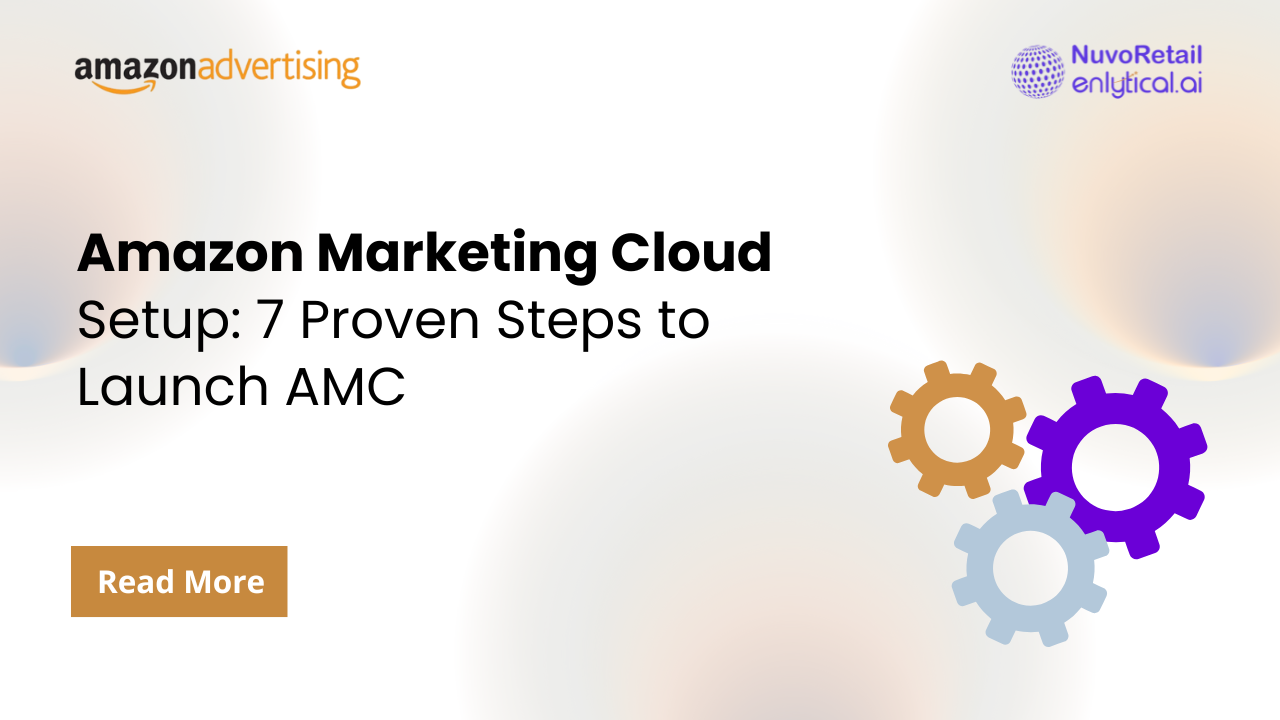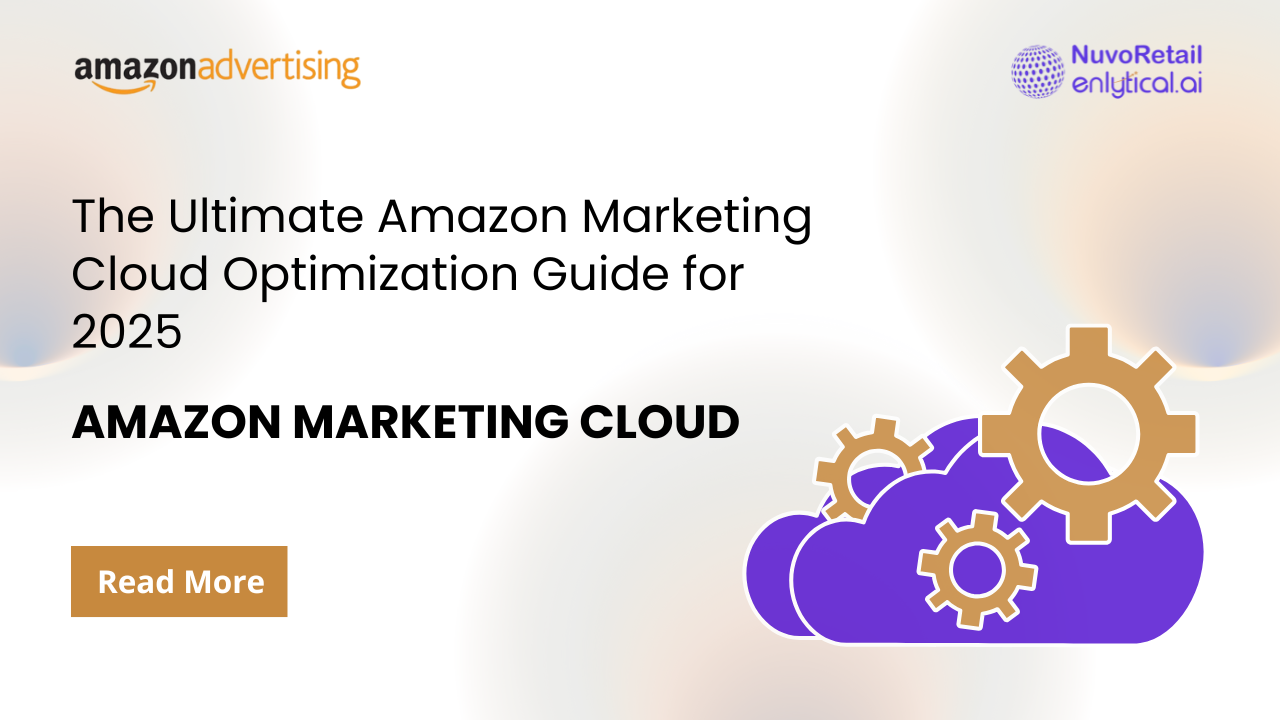There’s a silent flaw that haunts even the most data-driven marketing strategies. It skews budgets, distorts performance metrics, and misguides entire campaigns. It’s the overcrediting of brand keywords thanks to Amazon Marketing Cloud’s last-touch attribution.

Too often, campaigns appear to perform exceptionally well on paper, yet the real growth needle barely moves. Why? Because the keywords getting credit are the ones that seal the deal, not necessarily the ones that sparked interest, nurtured consideration, or built trust along the way.
This isn’t just a reporting issue. It’s a business issue. And it’s costing brands more than they realize.
The Attribution Illusion: When Top-Performers Aren’t the Real MVPs
In a world inundated by data points, performance marketers have long gravitated toward the clearest signal they had: the last touch. If a user converts after searching a brand name, credit flows to that term. On the surface, it makes sense—it closed the sale.
But what if that user first discovered the product through a non-branded keyword weeks earlier? What if a competitor term ignited their attention, followed by multiple retargeting ads and product comparisons? Those moments—those vital mid-funnel touchpoints—often get overlooked in traditional attribution models.
This dynamic becomes even more complex on marketplaces like Amazon, where search patterns are non-linear and behavior is notoriously hybrid between discovery and intent. Without a multi-touch lens, brands risk underinvesting in the terms and tactics that quietly do the heavy lifting.
The Role of Non-Brand Keywords in Performance Strategy
Non-brand keywords are often the unsung heroes of scalable growth. These are the phrases that reach potential buyers before they even know what brand they want. They cast the widest net—and while their immediate conversion rate may appear lower, their cumulative influence across the funnel is massive.
Shifting away from last-touch attribution isn’t just a trend—it’s becoming a necessity. Amazon marketing agencies and eCommerce brands leveraging non-brand terms more aggressively are seeing a strategic advantage. But capitalizing on this requires deeper visibility into how users actually engage over time.
This is where Amazon Marketing Cloud (AMC) enters the picture.
Amazon Marketing Cloud: Rewriting the Playbook
Amazon AMC isn’t just another reporting tool—it’s a paradigm shift. By tapping into AMC, marketers gain access to anonymized, event-level data that makes it possible to analyze full-funnel customer journeys. This allows campaign managers to move beyond black-box metrics and truly understand:
- Which keyword types initiate interest
- How users progress from discovery to intent to purchase
- The sequential impact of brand and non-brand touchpoints
With Amazon Marketing Cloud, evaluating keyword performance isn’t about who gets credit for the final click. It’s about who influences behavior, builds momentum, and contributes meaningfully along the way.
For agencies delivering Amazon marketing services at scale, this capability is game-changing. It means smarter bidding strategies, media reallocation based on true contribution, and more compelling messaging that aligns with real user journeys.
Amplifying Advertising Results with Multi-Touch Attribution
Multi-touch attribution (MTA), made possible by Amazon’s data architecture, addresses one of the most common pain points for advertisers: understanding what actually works. Not what appears to work. But what drives lasting, replicable performance.
A recent study by CivicScience revealed that 63% of online shoppers on Amazon consider two or more brands before making a purchase. This underscores the complexity of today’s buyer paths and the need to consider the full range of influences. Relying solely on brand keyword data? It not only cuts the story short—it tells the wrong one.
Amazon advertising services that integrate AMC insights are now able to differentiate between an assist and a conversion driver. This distinction matters—especially at higher ad spends or when managing dozens of ASINs across multiple categories.
Implications for Strategy and Spend
The ripple effects of adopting AMC-enabled insights run deep:
- Campaigns evolve from reactive optimizations to proactive growth initiatives.
- Budgets shift from conversion-heavy terms to mid-funnel builders that scale.
- Messaging adapts to match where the buyer is—not just where they clicked last.
For those offering Amazon marketing services, these insights deliver tangible value to clients looking for real performance, not just polished reports. And for brands navigating competitive verticals, leveraging this data can be the difference between plateauing and accelerating.
A Call to Reimagine Measurement
What if the keyword that seems like an underperformer is actually the spark that lit the fuse? What if entire audience segments are being misread because their value is measured too narrowly?
Marketing is already complex. Attribution shouldn’t make it harder—it should make it clearer.
Amazon Marketing Cloud isn’t about glamorizing data. It’s about restoring balance to performance analysis. For any brand serious about long-term growth on Amazon, the time to rethink attribution is now.
And perhaps the bigger question isn’t “Which keyword drove the sale?”—but “Which keywords built the brand?”
That answer might be hiding in plain sight. Ready to look differently?




